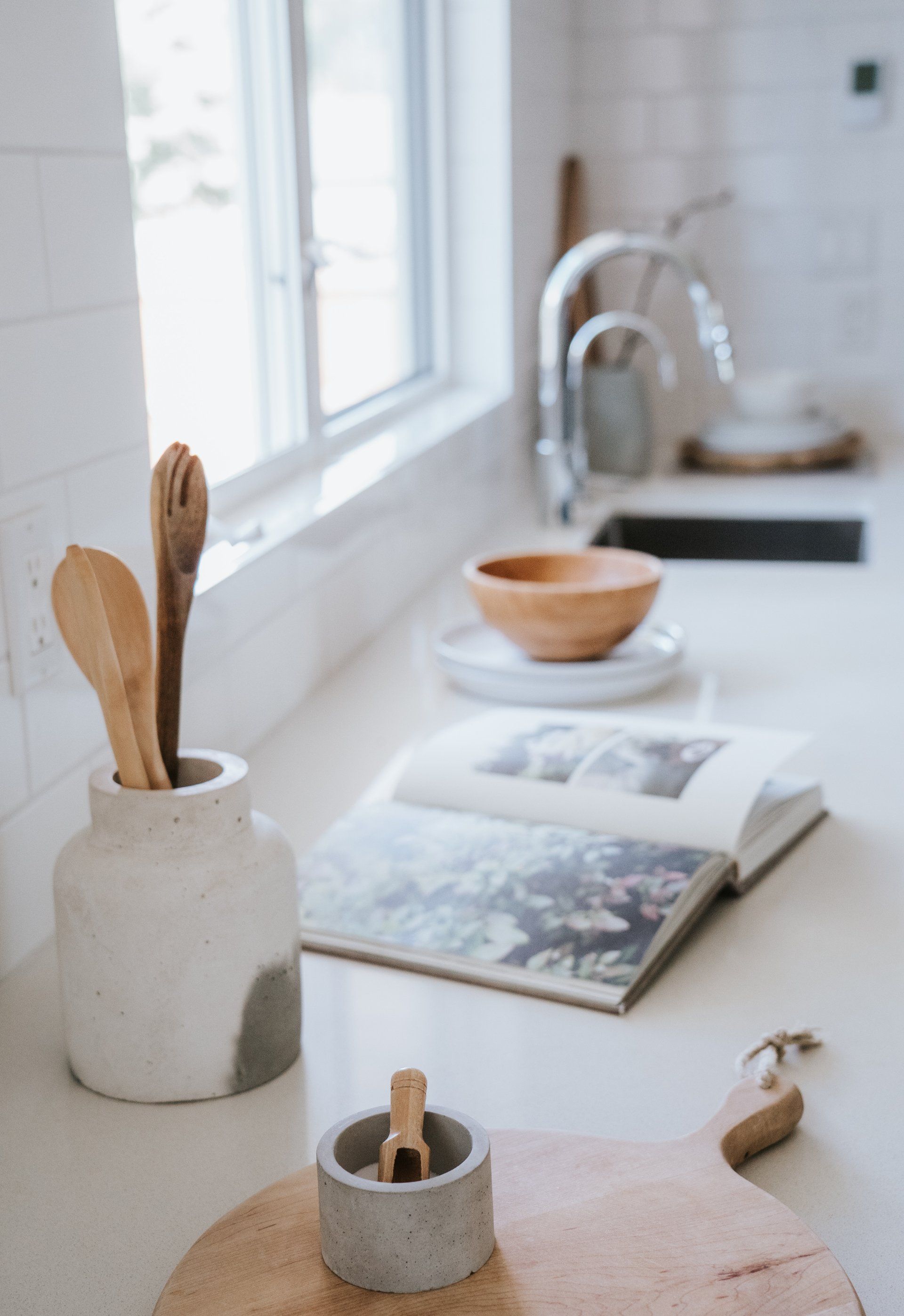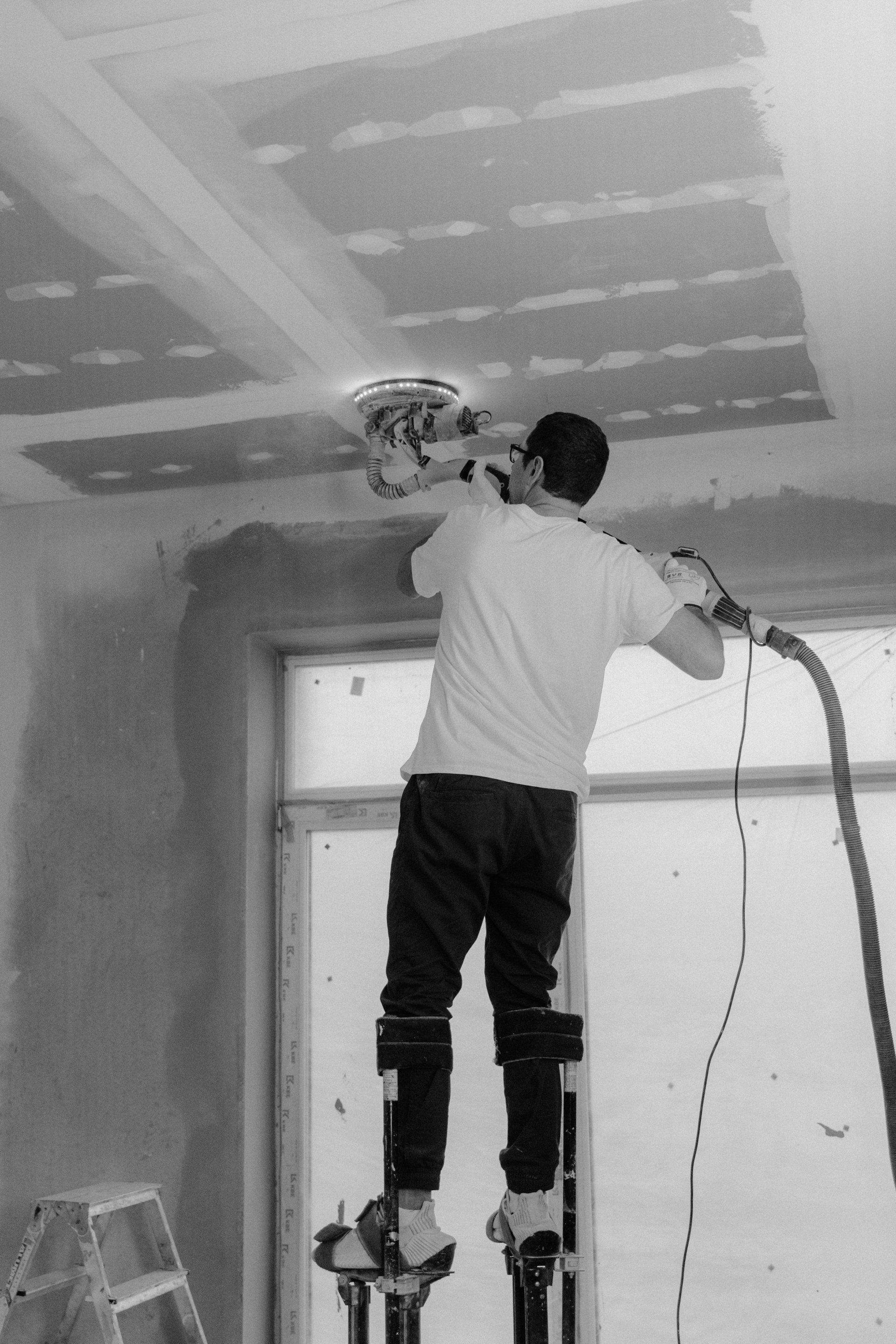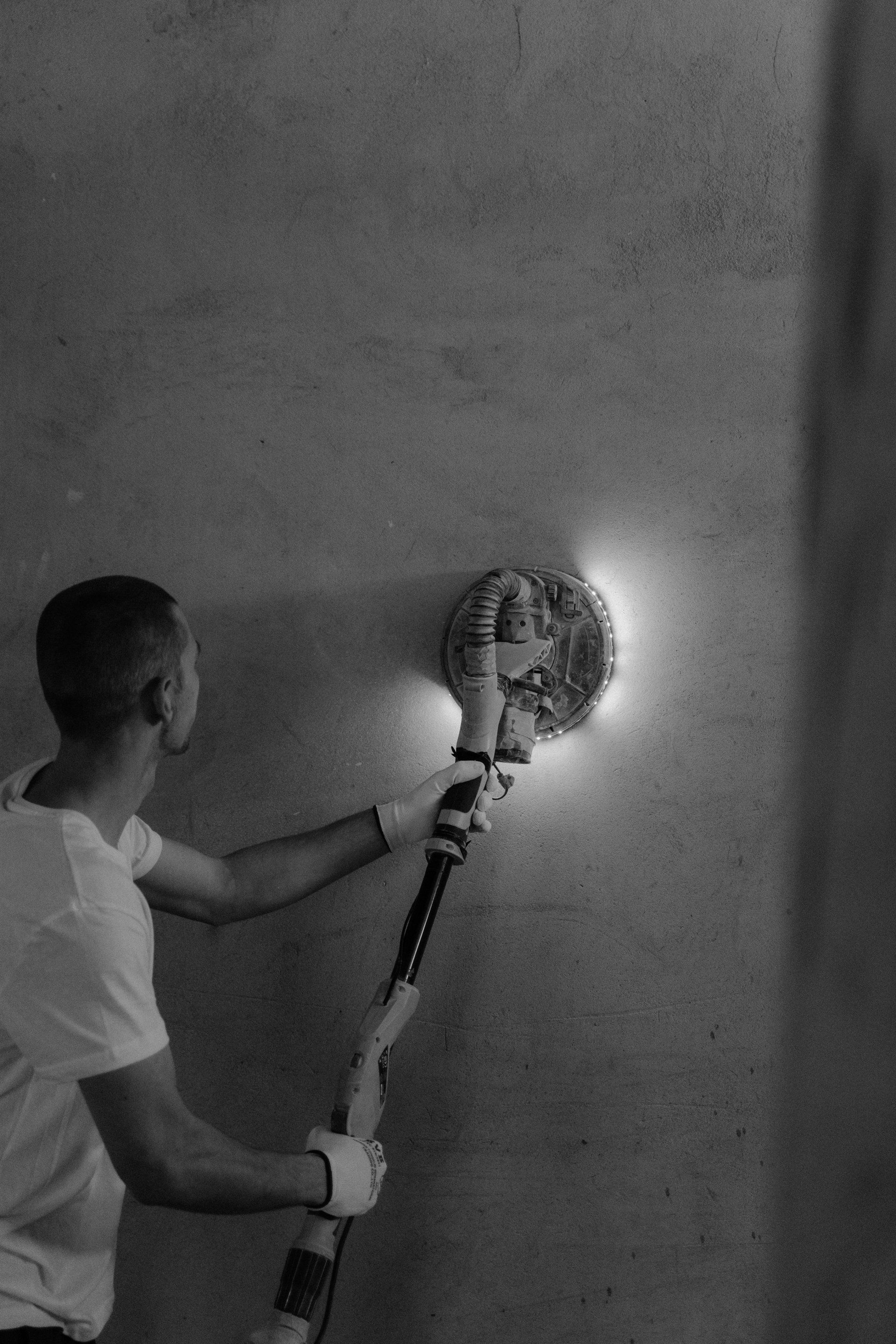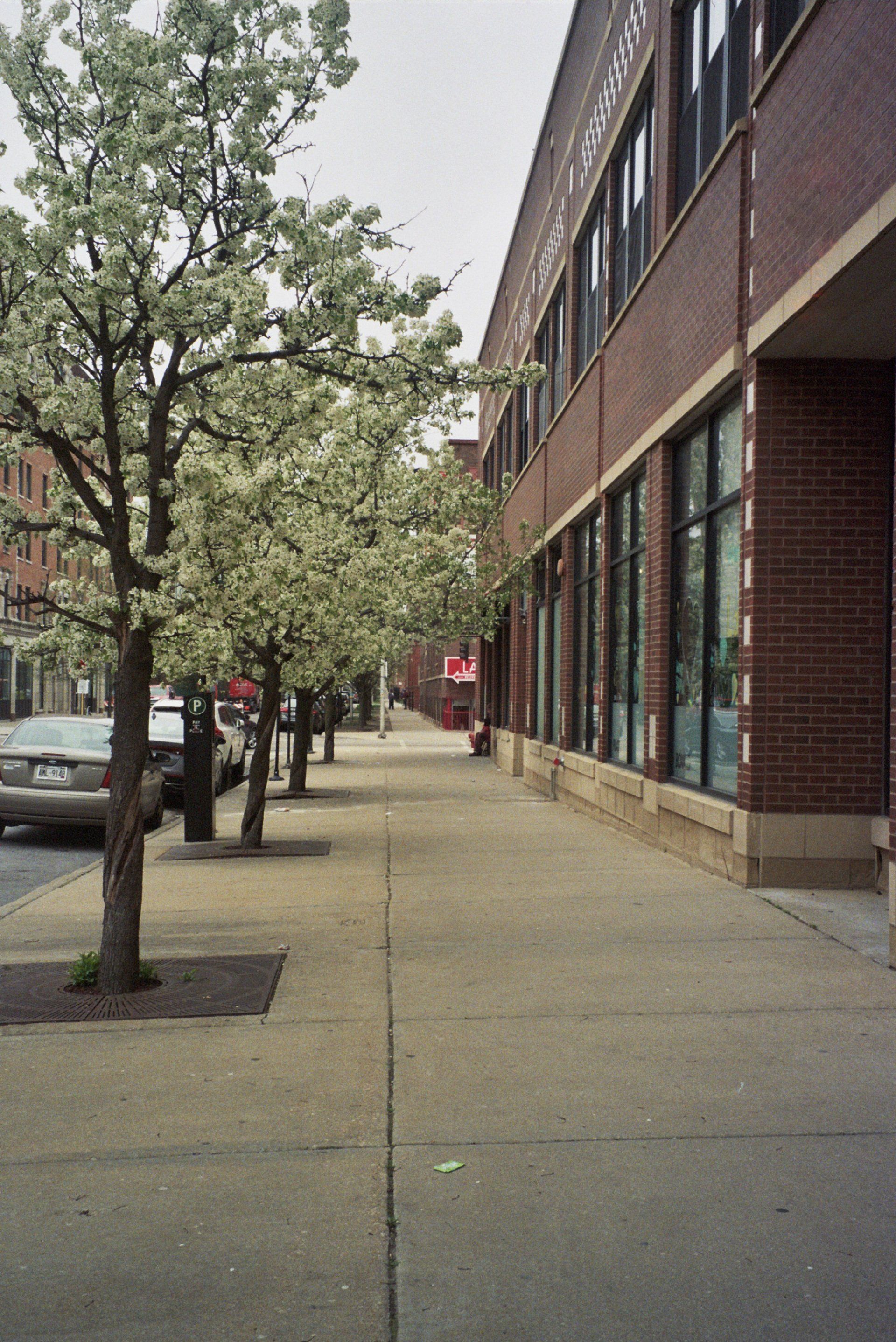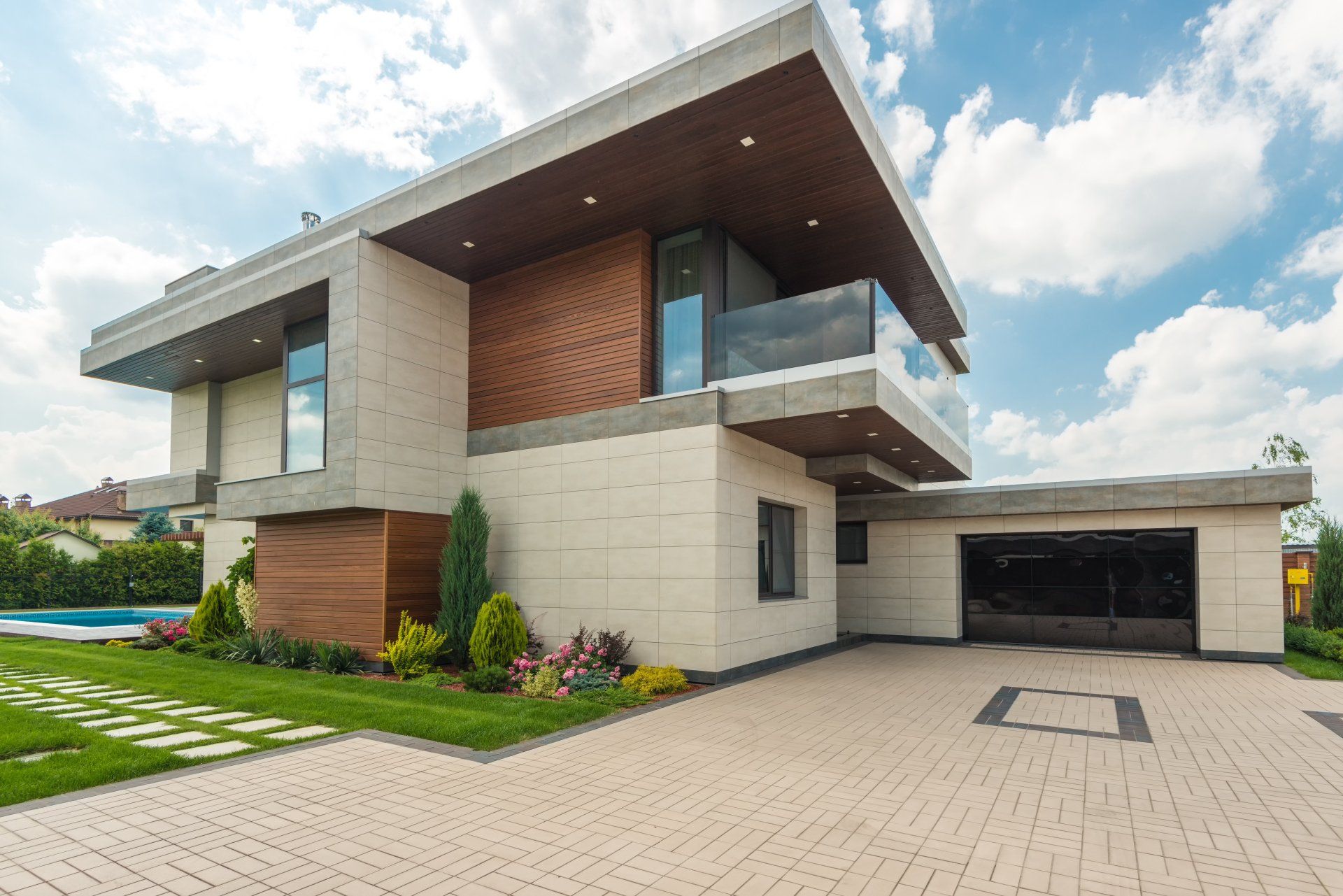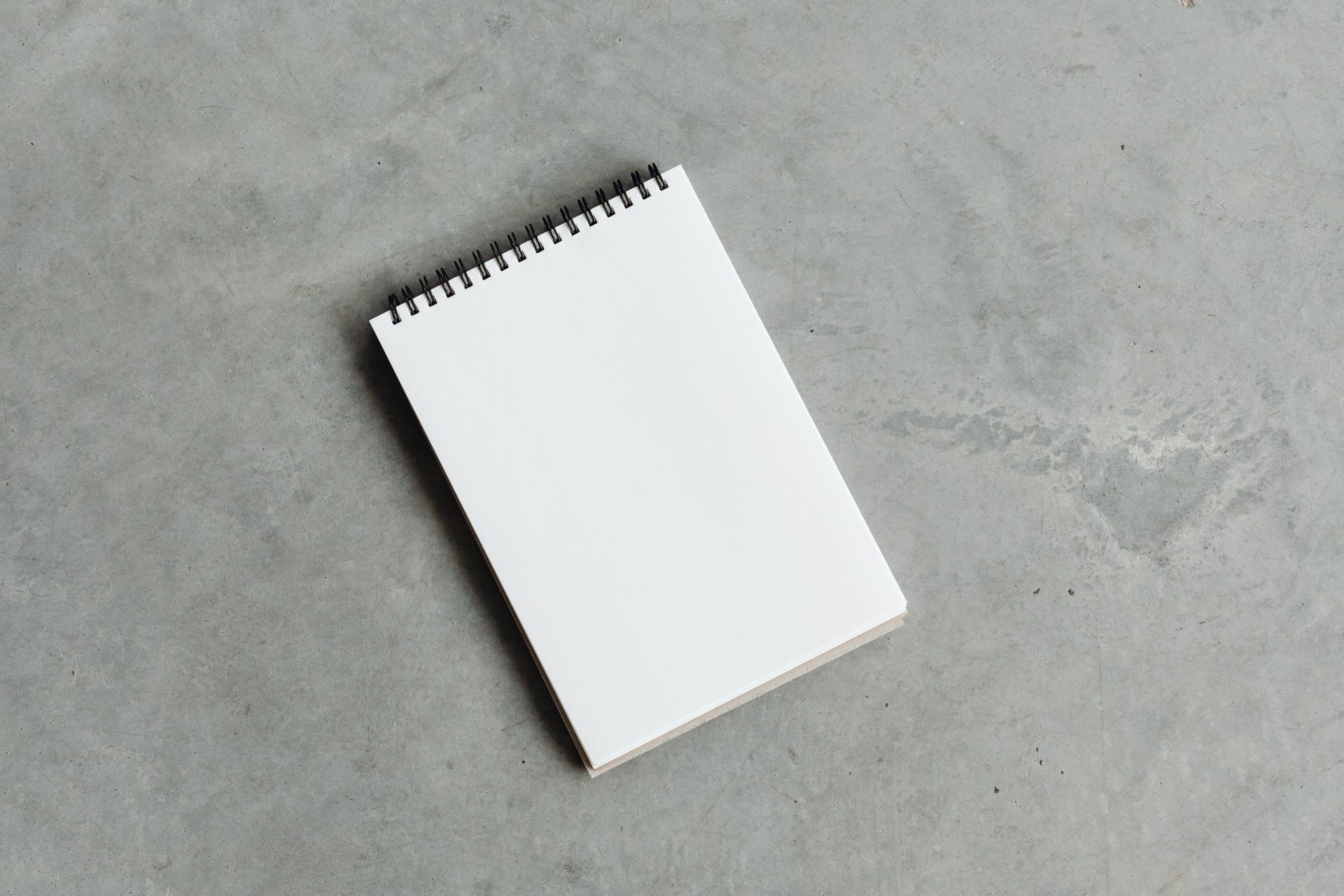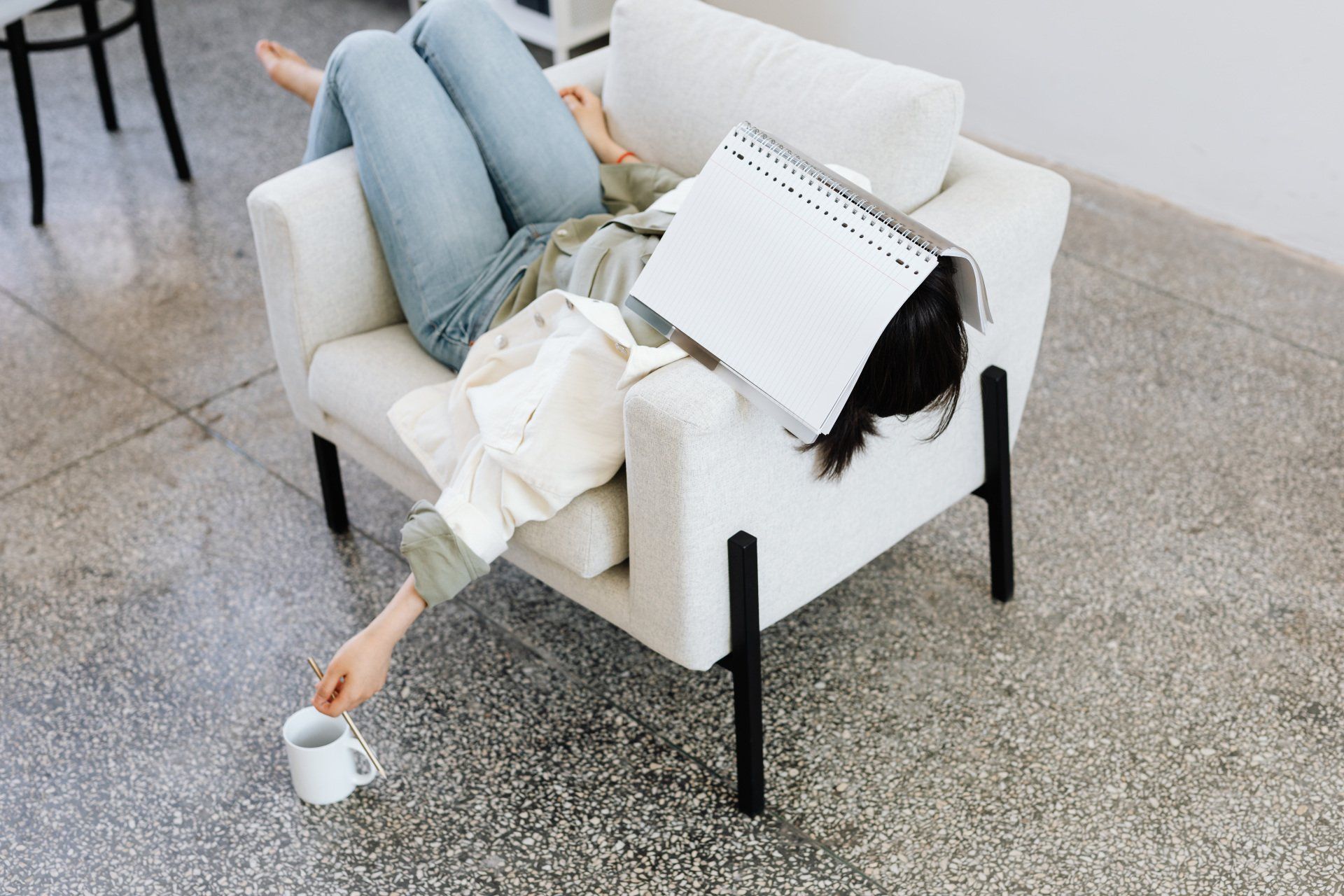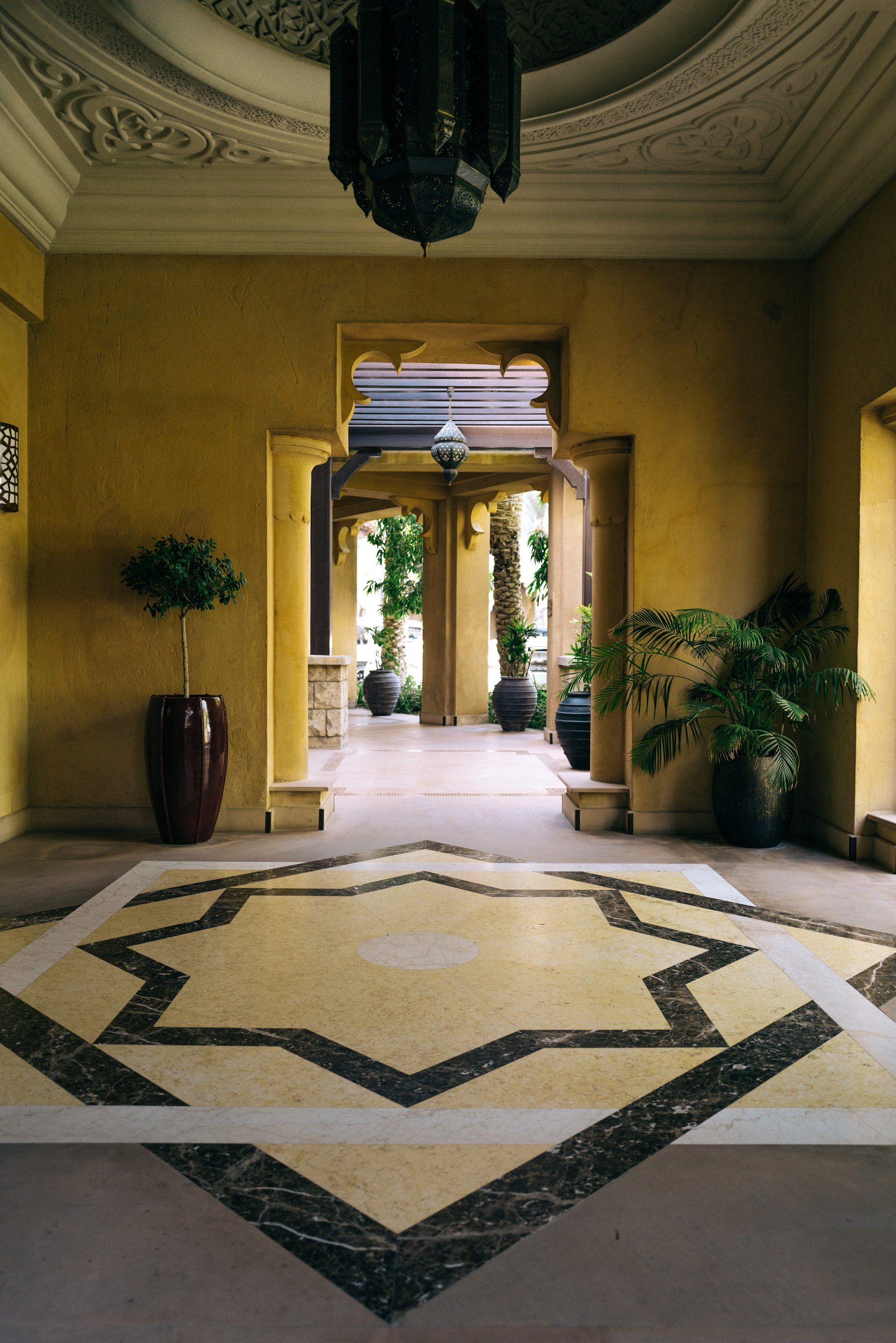How to make concrete smooth and shiny
How to make concrete smooth and shiny
There's something very appealing with a shiny, smooth surface, so it's not a surprise that lots of homeowners want their concrete to exhibit these characteristics. If you've put in the effort to pour an inch of concrete, it's only appropriate to ensure that you have the appearance you desire.
To get an even and smooth concrete finish, you must first ensure proper leveling as well as troweling and floating prior to curing. Once you have a fairly smooth concrete surface, and after the concrete is dry, you can employ either chemical or mechanical polishing techniques to get the desired glossy, smooth finish.
There are both right and wrong manners of creating the best finish for concrete. It is essential to be aware of the different equipment and techniques that are readily available. We've broken down the process into the steps to take prior to curing and what you should do following curing.
Preparing for Curing: to Create The Most Smooth Concrete
After finishing the concrete surface, you must be aware of many aspects you need to accomplish to achieve the desired outcomes, no matter the kind of finish you're looking for.
If you're looking for the most smooth finish, you must adhere to a set of steps.
Step 1: Level The Concrete
Once you've laid the concrete, you must make sure it is level. Two common tools used to level freshly laid concrete are the screed board as well as the darby.
The screed could be an aluminum strip or simply a flat board which you place over the wet concrete. Darbys are basically the size of a trowel, with an extended, narrow strip and two handles that take up a large space.
First, you must get your concrete level by taking your screed board and moving it across the concrete's surface. The screed can help to fill in any holes on the concrete surface and will also eliminate any concrete that is not needed. Then, you can use an abrasive to smooth the concrete even more.
It's recommended that you rotate the darby with an arc and ensure that it is at a level surface so that you don't leave any marks on the surfaces.
This should be done before the water free of your concrete mixture, referred to in the industry as "bleed water," rises over the concrete.
Step 2: Allow The Water to Bleed
The next step is to allow the water to reach above the surface of the concrete before moving on to the next stage of smoothing the concrete. The water that bleeds will evaporate by itself; however, how much time it takes depends on the characteristics of the concrete and the environmental conditions.
It is essential to allow the bleed water to dry completely; otherwise, you're at risk of causing problems like scaling, dusting and delamination in the near future.
Step 3: Float the Concrete
Floating concrete is an important step in achieving an even surface. When using a screed or darby provides you with a level surface. Floating will help to smooth any imperfections, firm the concrete and help prepare for the next final steps. Concrete can be floated with your hands or use the aid of a machine.
If you want to float concrete using your hands using hand floats, you can choose to use smaller hand floats or larger bull-floating floats. While a basic hand float made of magnesium will work well for smaller surfaces, you might want to utilize an oversized bull float for bigger surfaces so that the aggregates are able to settle.
Step 4: Trowel the Concrete
Troweling is crucial in indoor concrete. In this instance, you're using a floating trowel or finishing trowel or trowel for flooring.
The way to achieve the smoothest finish is by troweling with trowels made of steel and increasing tension as you progress.
Step 5: Let The Concrete To Heal
After you've completed the steps necessary to finish and are ready to allow for the cement to set. When it is fully cured, then you can proceed to polishing.
